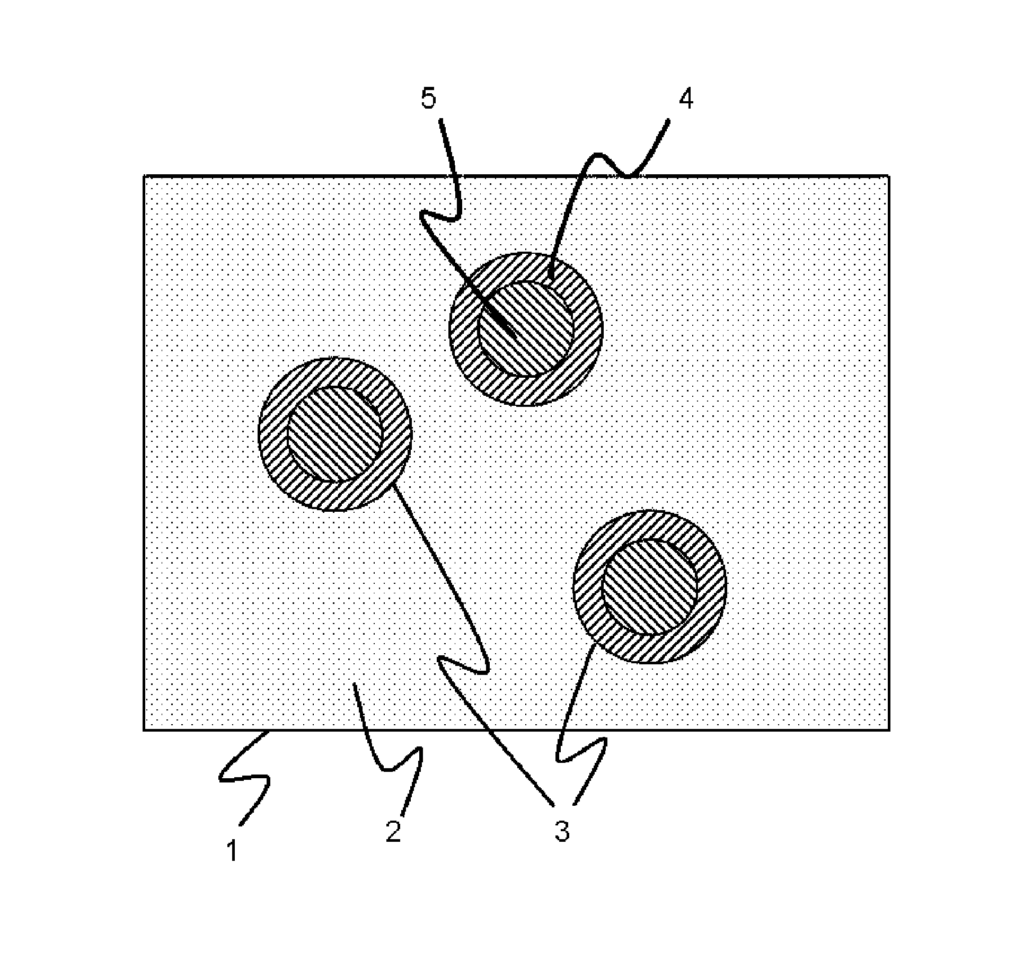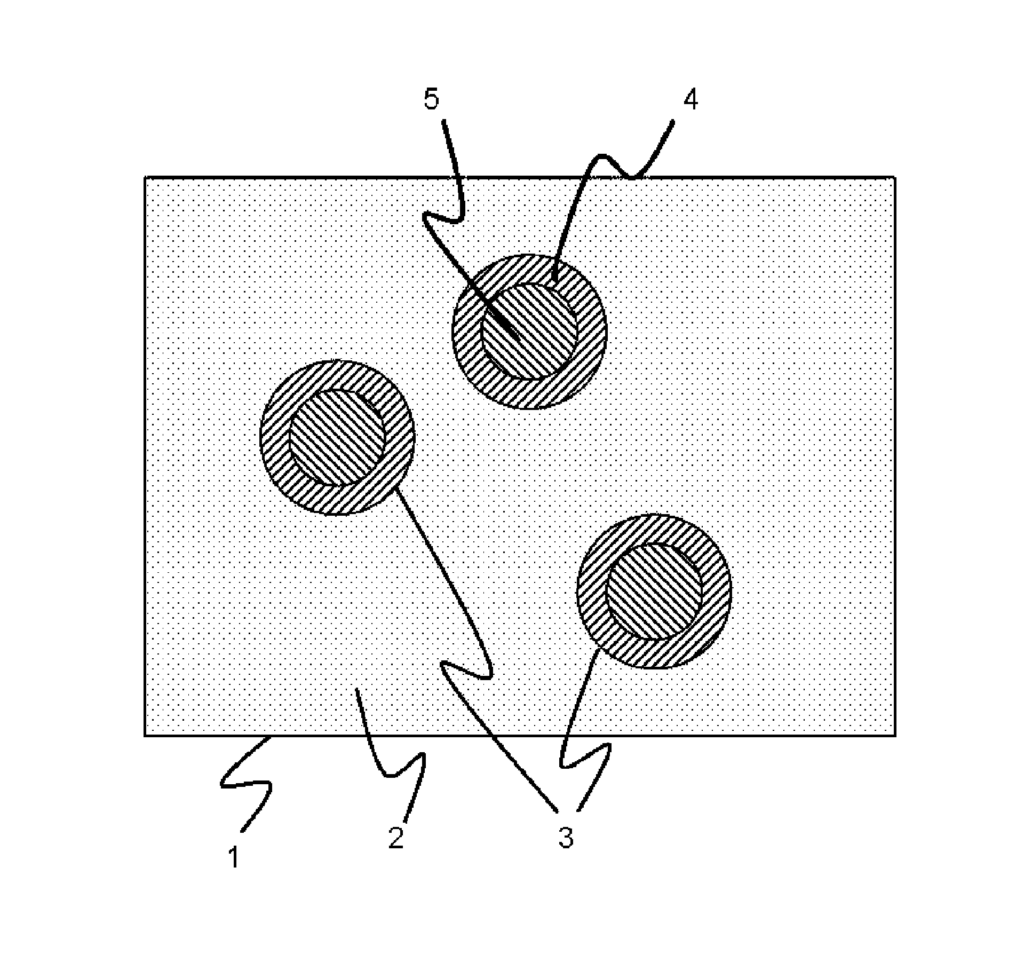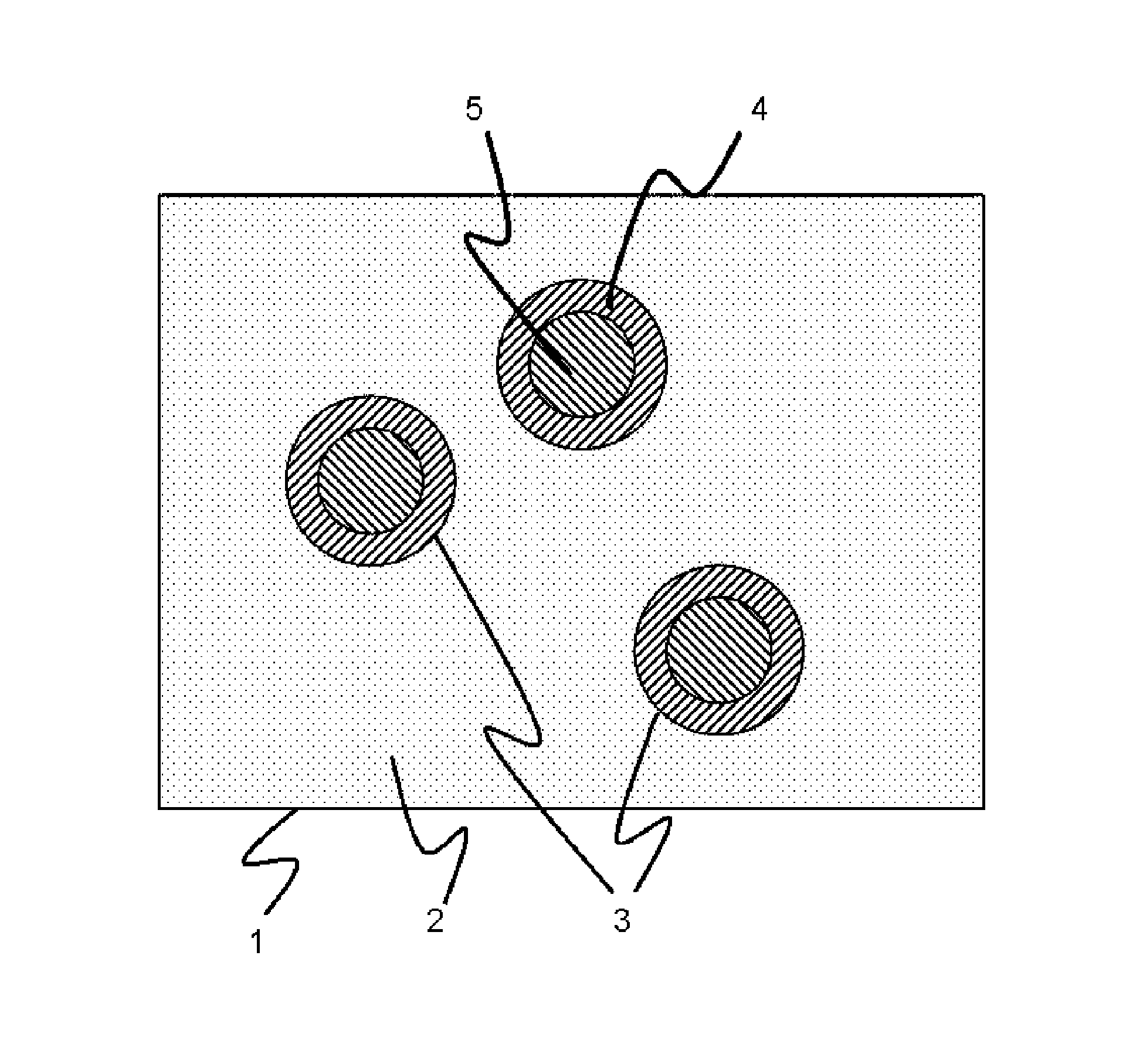Invented by Johan Loccufier, Luc DECOSTER, Agfa NV
Aqueous resin-based inkjet inks are known for their excellent print quality, vibrant colors, and fast drying time. They are formulated using water as a solvent, which makes them environmentally friendly and easy to handle. These inks also offer excellent adhesion to a wide range of substrates, including paper, cardboard, plastics, and fabrics.
One of the key drivers of the market for aqueous resin-based inkjet inks is the growing demand for high-quality printing solutions. With advancements in digital printing technology, there is an increasing need for inks that can deliver sharp and detailed prints. Aqueous resin-based inks are capable of producing high-resolution images with excellent color accuracy, making them ideal for applications such as photo printing and fine art reproduction.
Another factor contributing to the market growth is the rising demand for sustainable printing solutions. Aqueous resin-based inks are free from volatile organic compounds (VOCs) and hazardous air pollutants (HAPs), making them a safer alternative to solvent-based inks. They also have a lower carbon footprint compared to other ink types, as they require less energy for drying and do not emit harmful fumes during the printing process.
The packaging industry is a major consumer of aqueous resin-based inkjet inks. With the increasing demand for customized packaging and labels, manufacturers are turning to digital printing solutions to meet their customers’ requirements. Aqueous resin-based inks offer excellent adhesion to various packaging materials, ensuring that the prints remain vibrant and durable even under harsh conditions.
Textile printing is another application area where aqueous resin-based inks are gaining traction. These inks are capable of printing on a wide range of fabrics, including cotton, polyester, and blends. They offer excellent color fastness and washability, making them suitable for applications such as apparel, home textiles, and soft signage.
In terms of regional demand, North America and Europe are the leading markets for aqueous resin-based inkjet inks. The presence of a well-established printing industry, coupled with stringent environmental regulations, has driven the adoption of these inks in these regions. Asia Pacific is also witnessing significant growth, fueled by the rapid expansion of the packaging and textile industries in countries like China and India.
Key players in the market for aqueous resin-based inkjet inks include Canon Inc., Epson America Inc., HP Development Company, L.P., and Fujifilm Holdings Corporation. These companies are continuously investing in research and development to improve the performance and versatility of their inkjet inks, thereby expanding their customer base.
In conclusion, the market for aqueous resin-based inkjet inks is witnessing robust growth due to the increasing demand for high-quality and sustainable printing solutions. With advancements in digital printing technology and the need for customized prints, these inks are becoming the preferred choice for various applications. As the printing industry continues to evolve, aqueous resin-based inkjet inks are expected to play a crucial role in meeting the growing demands of customers worldwide.

The Agfa NV invention works as follows
The patent states that “an inkjet ink consists of an aqueous media, capsules made of a polymeric outer shell and a core, which are dispersed using a dispersing agent covalently attached to the polymeric shell. This dispersing agent is chosen from the following group: a carboxylic or sulfonic salt, a salt of the phosphoric or phosphonic acids, an ammonium or sulfonium, or phosphonic or salts, a

Background for Aqueous resin-based inkjet Inks
1. “1.
The present invention is aqueous resin-based inkjet pigments. More specifically, aqueous inkjet pigments that contain capsules such as microcapsules and nanocapsules.
2. “2.
Due to their versatility, industrial inkjet printers have been replacing offset and flexographic systems in recent years. Variable data printing and their increased reliability allows them to be integrated into production lines.
Inkjet inks that are radiation curable have become the most popular choice for ink due to their reliability and ability to print high-quality images on non-absorbing ink receivers. For both economic and environmental reasons, however, it would be desirable to have the ability to reliably print aqueous inks based on resins using these industrial inkjet printers.
It has been noted that aqueous inks are more difficult to achieve the physical properties required for the printed image, such as adhesion, scratch resistance and solvent resistance. They also have a harder time achieving waterfastness, flexibility and waterfastness.
Encapsulation is the process of enclosing tiny droplets or particles in a shell. The core of the capsule, or internal phase is often referred to. However, the outer shell is also called a wall. The technology has been used in many different fields, including self-healing compositions, textile treatment, and printing and recording technologies. William Andrew, Inc., 2005; Schrooyen et. al., Proceedings of the Nutrition Society,60,475-479 (2001); Yoshizawa H., KONA,22, 23-31 (2004) )).
The use of encapsulation in inkjet inks is largely limited to the design and manufacture of encapsulated particles, where the polymer shells are directly polymerized onto the pigment particle surface. US 2009227711 (XEROX), for example, discloses encapsulated organic nanoscale pigment particles, which are composed of a polymer based encapsulating substance and one or several nanoscale organic particles encapsulated in the polymer based encapsulating substance. These nanoscale organic particles can be used to color compositions like inks, toners, and similar. This approach does not allow for the enhancement of physical properties required in industrial applications.
JP2004075759″ (FUJI), discloses ink jet ink that includes a microcapsule containing at least a hydrophobic dye and at least a hydrophobic polymer, with the capsule walls prepared by a polyfunctional compound of isocyanate. All examples require an additional water-soluble polymer. gelatine.
Encapsulation is a relatively new approach for integrating reactive chemistry into inkjet inks. US 2012120146 (XEROX), discloses a curable pigment ink containing microcapsules. The microcapsules are composed of at least a first reactive component, at least a second reactive component containing triggering compound and dispersed within at least a third reactive component. Polymerisation of ink occurs after the capsules are ruptured by the stimulus. The at least one reactive component reacts with the third reactive compound. In Example 6, the microcapsules should be integrated into an UV curable ink, rather than an aqueous-based ink.
US 2014002566 (SEIKO EPSON), discloses inkjet ink containing a coating film-forming material, polyether-modified silicon oil, and water. This results in micelles being dispersed within an aqueous media. In a preferred embodiment, the inkjet is a photocurable aqueous inkjet by including a compound that cures. US2011237700 (SEIKO EPSON) discloses a similar concept.
US2011261108 (TOSHIBA) discloses an inkjet decolorizable with water-based material that includes a pigment, a surfactant and a solvent. The pigment contains a color-developable compound as well as a colour developing agent.
The use of water soluble polymers in aqueous based ink jet inks can have a negative impact on jetting reliability and latency. This is especially important in an industrial environment where downtime and complex maintenance cycles are a must. The use of water-soluble polymers can have a negative impact on the jetting reliability, and even latency. This is especially important in industrial environments where it’s crucial to avoid downtime and complicated maintenance cycles.
Therefore there is a continuing need for aqueous inkjet resin inks that exhibit good physical properties and high reliability on a variety of substrates for industrial inkjet print.
In order to overcome the above problems, preferred embodiments have been realized with an inkjet-ink as defined below.
It was discovered that reactive chemistry can be incorporated into capsules with at least one dispersing groups covalently attached to the shell polymers, leading to stable inkjet inks. Additional water-soluble polymers are not required. The chemical reactants within the capsules were able to produce a reaction product when exposed to heat or light. The substrates used could include both absorbent substrates (e.g. Textiles and non-absorbing materials, such as glass or polymeric substrates could be used. Glass and polymeric substrates.
The description below will reveal additional advantages and benefits.
Definitions
The term “alkyl” means all possible variants for each number of carbon atoms in the alkyl group i.e. “The term?alkyl? means all possible variants for each number carbon atoms within the alkyl groups i.e. “For three carbon atoms, there are npropyl or isopropyl. For four carbon atoms, you have nbutyl isobutyl tertiary butyl.
If not otherwise specified, a substituted alkyl or unsubstituted group is preferable a C1-C6-alkyl.
The preferred alkenyl groups are C1-C6.
Click here to view the patent on Google Patents.

Leave a Reply